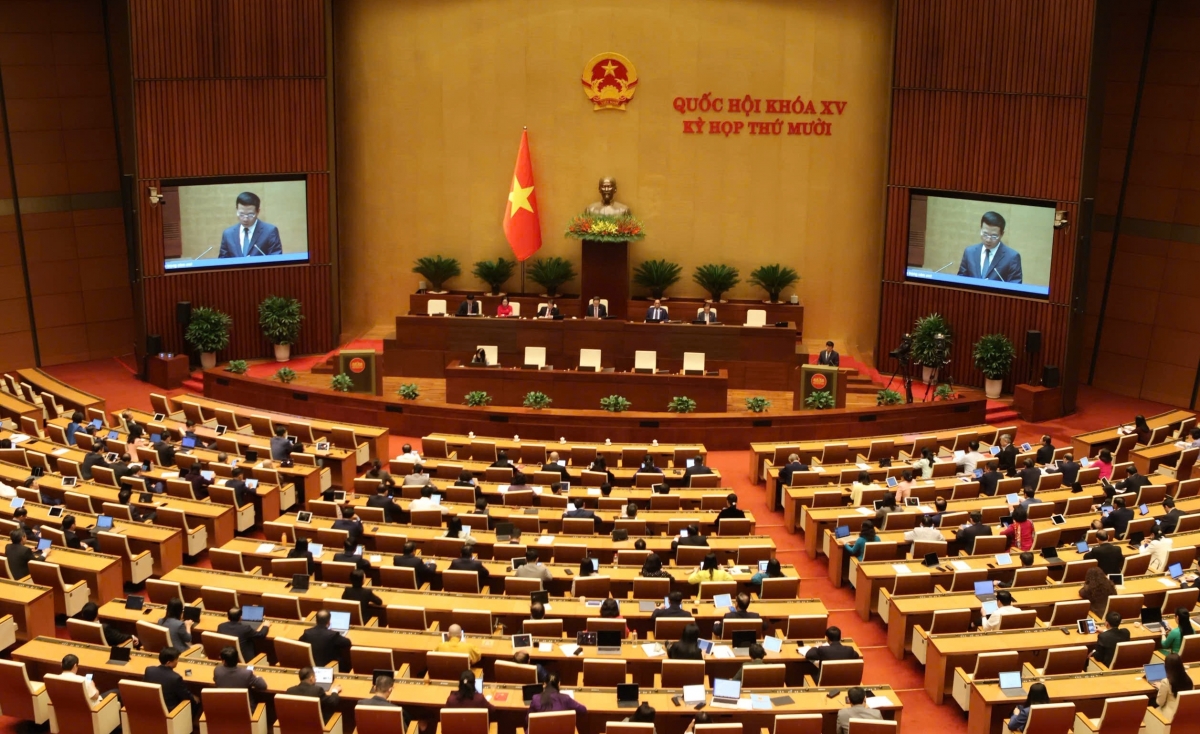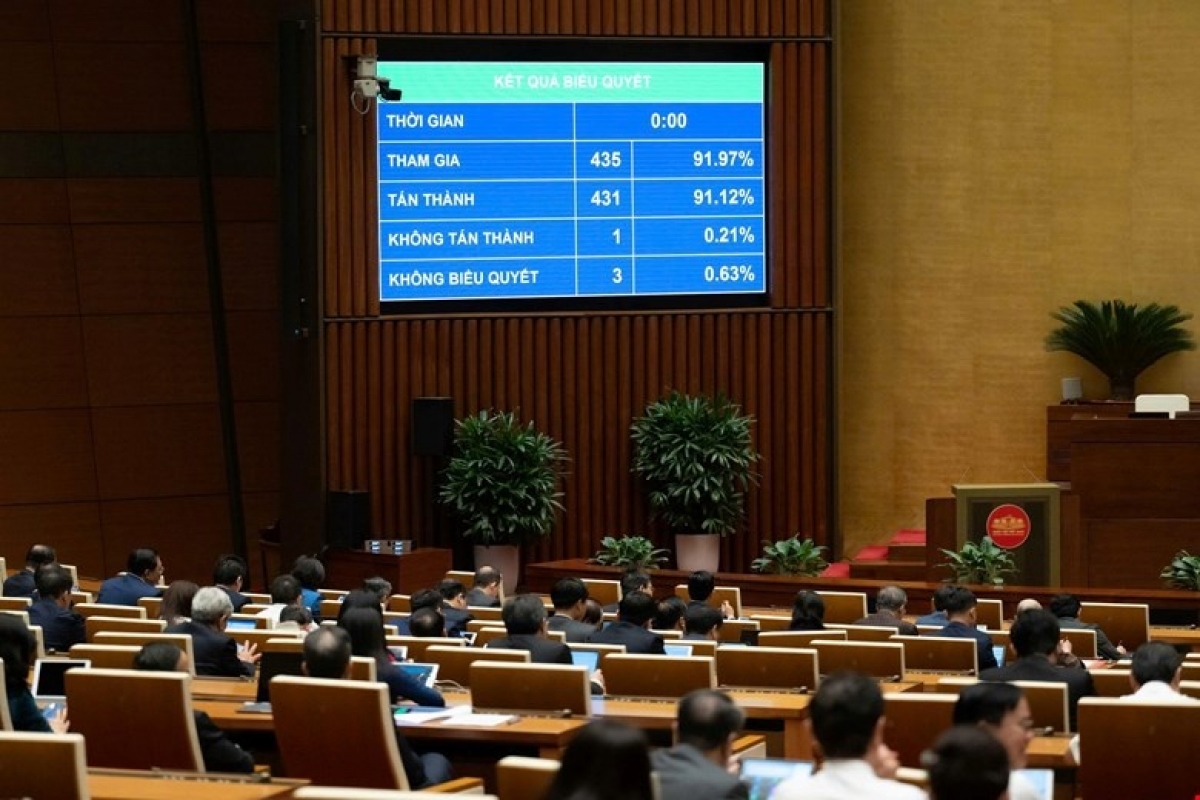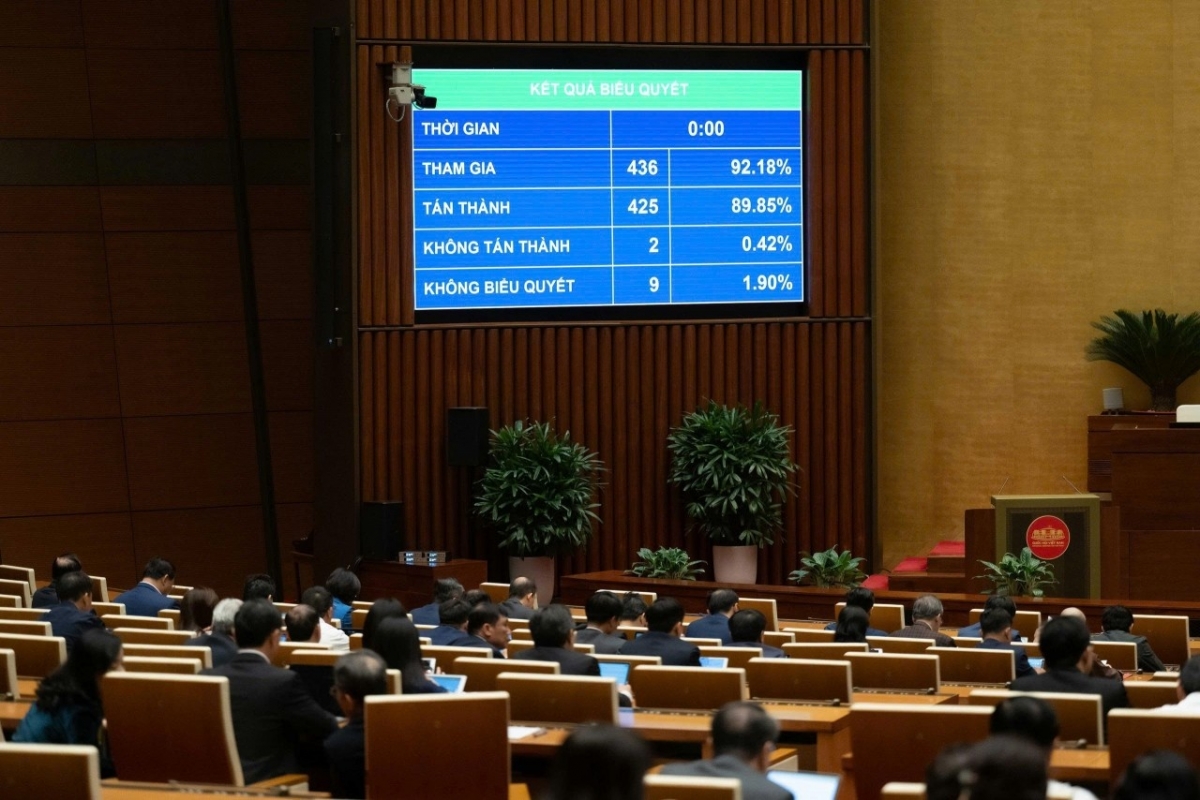INTERNATIONAL INVESTMENT
AND PORTAL
How do you evaluate the latest financial reports from Vietnamese banks?
 Phan Duy Hung, director and senior analyst of Ratings & Research at VIS Rating
Phan Duy Hung, director and senior analyst of Ratings & Research at VIS Rating
Based on our observation of 27 banks, sector asset risks increased, especially for mid-sized banks and state-owned banks from real estate-related exposure. The sector problem loan ratio rose by 0.2 per cent on-quarter to 2.5 per cent in the first three months of 2025, with higher non-performing loan (NPL) formation rates in most banks.
Retail mortgages in speculative segments or linked to distressed developers drove higher problem loans for private banks, while state-owned banks rose bad debts from corporate borrowers in the construction materials sector. In contrast, NPL formation rate stabilised for large banks, given limited exposure to distressed developers.
Additionally, the US reciprocal tariffs pose potential asset risks for state-owned lenders with sizeable exposure to foreign investment clients, or mass retail borrowers in consumer finance. In recent AGMs, according to Vietcombank’s management team, many of their customers are exporters to the US market, and the bank is heavily exposed to foreign investment clients, accounting for 20 per cent of total wholesale loans.
Meanwhile, VPBank expects that any disruptions in economic activity will certainly make the mass and lower-mass customer segments, particularly at FE Credit, more vulnerable.
We expect the sector NPL formation rate will decline in 2025, particularly for state-owned and several large private banks limited exposure to distressed developers, as improved real estate market lowers retail mortgages delinquencies, while government policies to support economic growth will gradually improve corporate borrower debt serviceability.
We expect higher public investment, and continued efforts by the authorities to resolve legal issues will drive domestic business expansion and improve operating cash flows for corporate borrowers in manufacturing, trade, construction, and real estate.
Meanwhile, several small and mid-sized banks continue to face issues linked to mortgages for speculative projects. Unlike the residential segment with robust demand, we expect the hospitality segment to lag the sector recovery due to existing oversupply and lingering homebuyer caution.
It is widely perceived that resolving NPLs is quite challenging in the current environment. Do you agree with this assessment?
Over the last two years, resolving NPLs from real estate-related exposures, including retail mortgages and loans to real estate developers and constructors, posed challenges for banks in Vietnam. This was driven by the slow recovery of the real estate market during 2023 and the first half of 2024, particularly in the south, as well as the lack of a comprehensive legal framework for bad debt resolution after Resolution No.42/2017/QH14 expired in at the end of 2023.
Previously, the implementation of Resolution 42 supported banks’ bad debt recoveries by improving borrowers’ willingness to repay and accelerating collateral resolution.
This resolution served as a special legal framework to pilot the handling of NPLs and the enforcement of collateral by credit institutions. It key provisions allowed banks to seize collateral directly, and enabled the use of simplified court procedures for debt disputes.
The average bad debt resolved per month rose significantly by 65 per cent during its enforcement period. The bad debt voluntarily repaid by borrowers increased to 36 per cent of total bad debts, higher than 23 per cent before Resolution 42.
However, since the start of 2024, debt recovery through the court process took a longer time for banks, as they no longer had the legal right to seize collateral under the current 2024 Credit Institution Law. According to several banks, less than 30 per cent of cases were handled by the courts, with prolonged proceedings of up to 5-7 years.
In addition, borrowers’ willingness to pay declined and nearly half of the banks’ bad debts in H1 of 2024 were resolved through higher risk provisioning.
We observed that several private banks have experienced high problem loan ratios from 1.8 per cent in 2022 to 2.4 per cent in 2024. Given challenges in seizing real estate collaterals and the sluggish property market, these banks increased write-offs significantly by 30-40 per cent on average to address their bad debts.
How would the enactment of a law on NPLs support banks in dealing with bad debts, and would this serve as a catalyst for them to increase lending?
The National Assembly is working on the approval of a law on NPLs, incorporating the key legal framework on bad debt recovery into the Credit Institution Law.
The revised law grants banks the right to seize collateral and ensures banks’ collateral shall not be distrained under some criminal cases – a credit positive for banks. The revised law will support to resolve industry bottlenecks and address the gap in the current Credit Institution Law, as it inherits key clauses implemented under the expired Resolution 42.
We expect the revised law will support banks’ bad debt recovery and improve their asset quality and profitability, especially for retail-focused banks. Under the revised law, banks can lower their problem loans, as the collateral seizure will drive higher borrowers’ repayment willingness and quicken debt collection process.
In addition, profits for retail-focused banks will improve given lower operational costs for monitoring small-ticket, geographically dispersed NPLs, as well as higher bad debt recovery income.
As the majority of banks’ collateral is in real estate, the improving real estate secondary transactions in 2025 will further support collateral sales for banks.



















